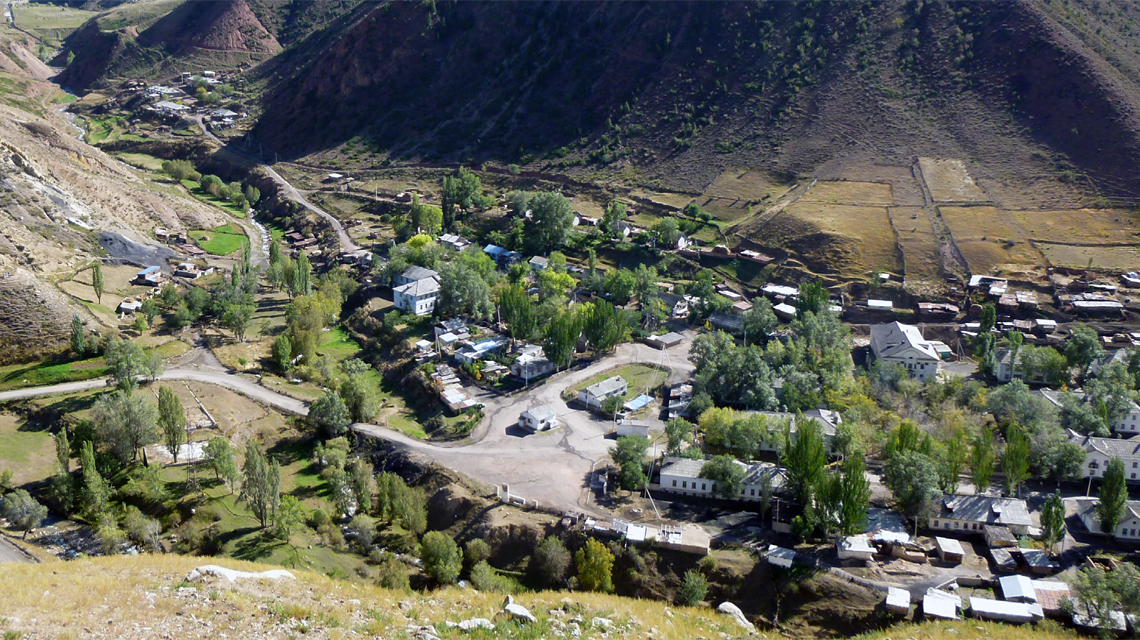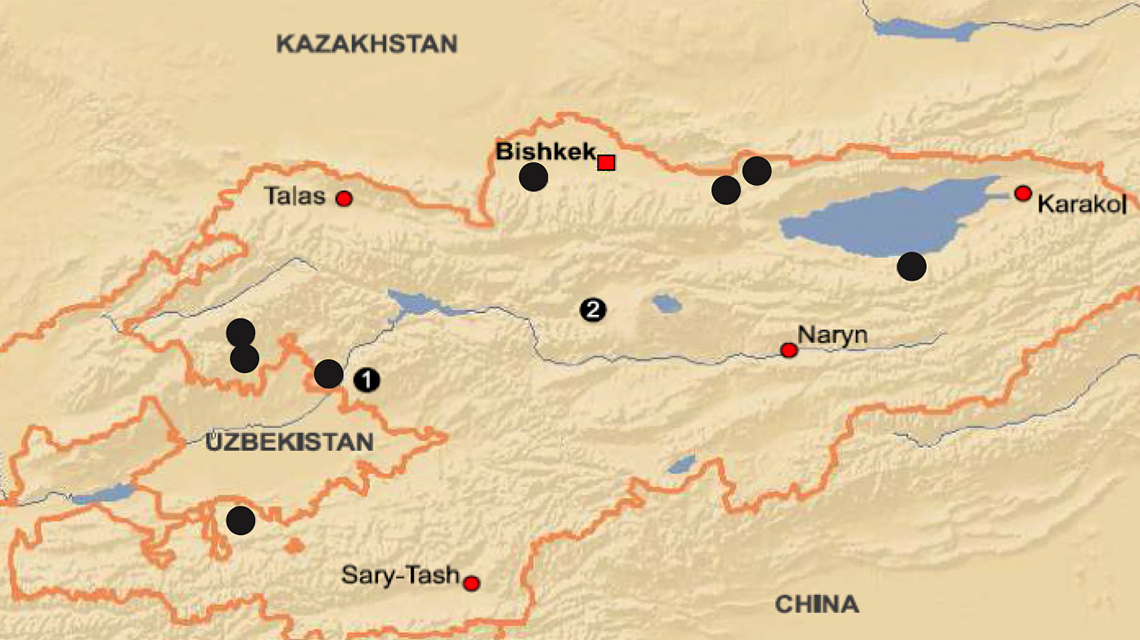Nearly 60 abandoned uranium production sites dot the landscape and represent a hazard to the environment and inhabitants throughout rural Kazakhstan, Kyrgyzstan, Tajikistan and Uzbekistan. Each site poses a challenge for local and national governments that lack technical expertise and resources for remediation.
Supporting Member States with environmental remediation and decommissioning of nuclear facilities is an important part of the IAEA's work. This topic was discussed in detail today in Vienna at the IAEA's General Conference during the side event 'Sustainability of the Nuclear Fuel Cycle: Focus on Decommissioning and Environmental Remediation.' Another side event held tomorrow titled 'Ready for Remediation: Addressing Central Asia's Enduring Uranium Legacy' will continue discussing the specifics and current status of former uranium production sites in Kazakhstan, Kyrgyzstan, Tajikistan and Uzbekistan.
These now-abandoned sites in Central Asia were used to produce uranium until the 1990s. They were built before proper regulatory infrastructure was in place to ensure eventual decommissioning, so leftover residues with long-lived radioactive and highly toxic chemical contaminants still pose substantial risks to the health of the public and the environment.
By some estimates, the quantity of uranium production residues in Central Asia — such as waste rock and tailings — approaches one billion tonnes, said John Rowat, Head of the Decommissioning and Remediation Unit at the IAEA Department of Nuclear Safety and Security. Many of these materials are stored in an unsafe manner at sites scattered across the region. Due to lack of funding, work over the last decade has focused mostly on short term measures to protect the public and the environment, Rowat said.
Challenges in Kyrgyzstan
According to the Ministry of Emergency Situations of the Kyrgyz Republic, Kyrgyzstan has 35 tailings dumps and 25 sites with waste rock piles. Many of these contain toxic residues. The possibility of seismic instability, such as landslides dispersing these residues, poses the biggest risk to the surrounding environment, said Asel Seitkazieva, Deputy Director at the Ministry.
With this in mind, the government considers the Mailuu-Suu uranium legacy site (mark ? on map) and the Min-Kush uranium legacy site (mark ? on map) as the first priorities for remediation.

